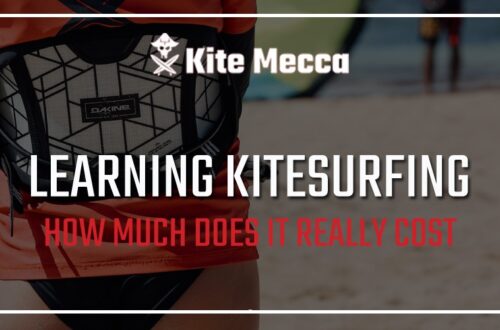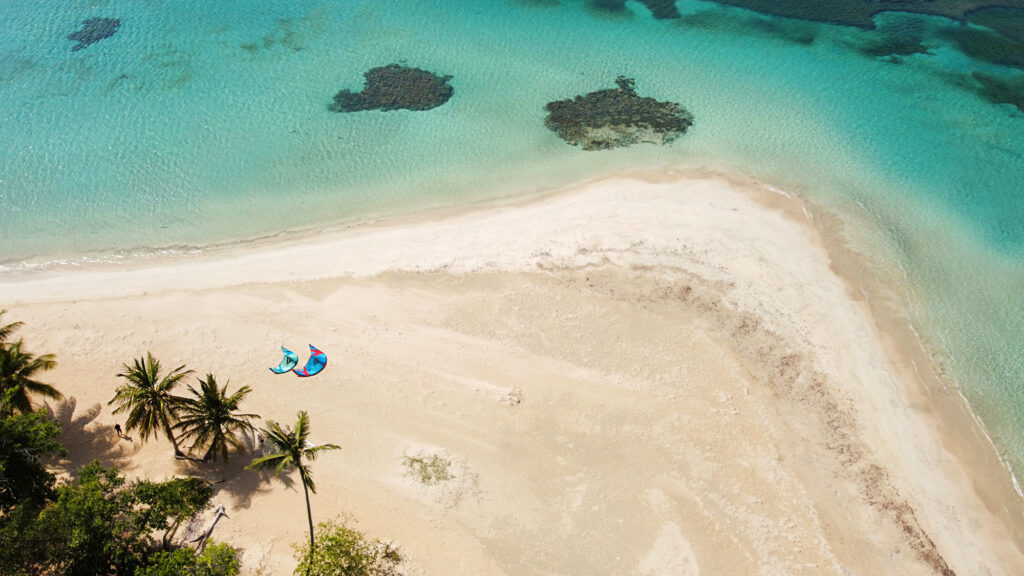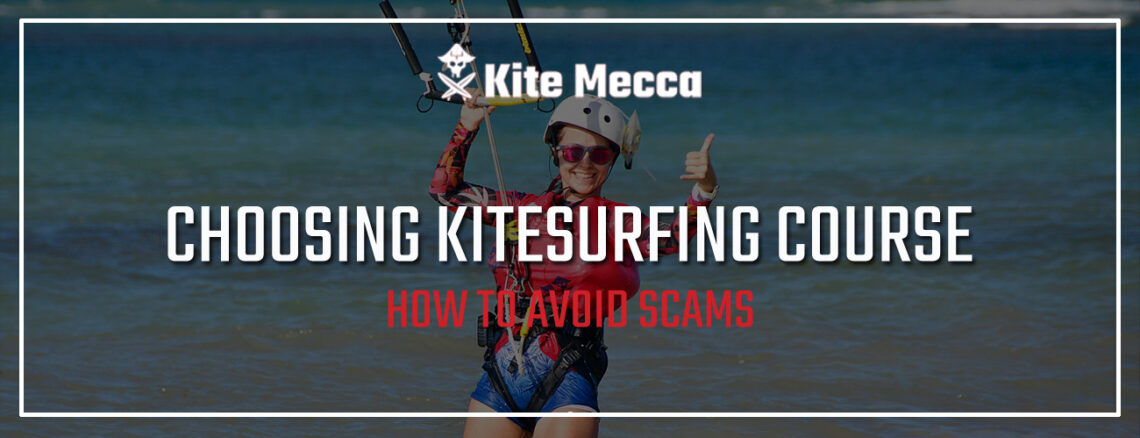
5 Essential Factors To Choose The Best Kitesurfing Course
Kitesurfing has gained popularity as a thrilling water sport that attracts people from all around the world. The adrenaline rush of being propelled through the water by the wind, leaping into the air, and performing tricks is an unforgettable experience. However, to ensure a safe and enjoyable experience, it is crucial to know how to choose the best kitesurfing course.
In its early days (beginning of 2000), kitesurfing schools were in the hands of people who were doing it because of their passion, not for the money. Nowadays, you can’t be sure of that anymore and we see a mountain of offers that can be an expensive and disappointing experience for you, leading to demotivation and regret.
Based on over 20 years of experience and observations, I wrote this article for those of you who want to avoid being scammed. It might not be liked by many in this business, but it’s true and honest. Continue reading if you want to know all 5 essential factors to choose the best kitesurfing course.

I. wind
One of the most important factors to consider when choosing a kitesurfing location is the wind statistics. Kitesurfing requires a steady and consistent wind, so you’ll want to choose a school located in an area known for reliable wind conditions. But how do you know if the spot you want to visit has good wind?
- Don’t rely too much on social media. In most cases, you will get answers from people who are engaged in local business in some way and may not be objective. Also, be cautious with the opinions of people (even those you might know) who have visited a specific location – usually they come just for short holidays and/or have been there at a different time, so they might not be objective either.
- Don’t rely too much on statistics from weather services. One of the most popular weather forecast providers is Windguru. On their website, you can find forecasts for almost all kitesurfing spots around the world as well as statistics from previous years… but you know what… THESE STATISTICS ARE BASED ON FORECASTS, NOT REAL DATA! Wind is one of the most difficult weather elements to predict. Additionally, there may be local effects that affect the REAL wind force. So while stats from these services are worth considering, they’re not something you can fully rely on.
So how can I found out if it’s windy at a specific kitesurfing spot?
- Look for a weather station. Nowadays, almost every major spot will have at least one kitesurfing school equiped with a weather station. This is absolutely the best and most reliable source of information. I believe that every serious kite school should publish this data on their website, as we do it HERE. Not doing so should be a serious warning for you.
Other important wind factors to be aware of:
- Wind strength. At the beginning, as a student, you don’t need too much wind. The safest wind range is between 10-20/25 knots (1 knot is about 1.85 km/h). Strong wind can make kitesurfing extreme and dangerous. In lighter winds, you’ll use bigger kites that are more forgiving and slower.
- Wind stability. I’ve taught in all types of conditions and it’s very clear that students who learn in stable winds progress significantly faster. The reason behind this is the feeling of the kite at the steering bar – the so-called ‘sweet spot’. Understanding this sensation and following the sweet spot position is essential to mastering kite steering. In very gusty winds, it’s much harder to get that feeling and control the kite.
- Wind direction. Last but not least – check the predominant wind direction for the spot. The best spots to learn kitesurfing are those with side-onshore wind (wind that blows towards the shore at an angle not greater than 45 degrees). Avoid spots with offshore wind (wind that blows towards the open waters) – usually, the wind at these types of spots will be super gusty and even if it’s not, every time you crash and have issues you will need help from a safety boat, which means a lot of time lost for this procedure.
- There’s no place with a guaranteed wind. The world’s climate is changing and the weather is becoming more unstable and unpredictable. Even if for the last 5 years there were 90% of days with wind in a specific month and location, it doesn’t mean that you have a guaranteed wind. It’s always a good idea to check the wind forecasts for the days you plan to take your course.
II. water
The water conditions in which a kitesurfing school operates are critical factors to consider when choosing a spot where you’re going to learn. The school should be located in an area with calm and flat water. This will provide the ideal environment for beginners to learn and practice kitesurfing skills.
- Flat vs choppy water. As mentioned above, the best spots are those with flat and calm water. This factor has a huge impact on your progression because of its influence on the critical part of the course – water starts. If the water is choppy and has lots of waves, it’s going to be really hard to control the board.
- Deep vs shallow water. In general, it’s easier to learn in a spot with shallow water. You can feel more confident and it’s easier to practice some elements during your course. But shallow water can be dangerous (remember to never go out for a lesson if there’s less water than up to your knees) and in most cases, students who learn in shallow water skip some essential skills like body drags upwind. Practicing in deep water can be safer and force the instructor to pay more attention to safety and your independence. But in most cases, deep water means waves, which is one of the most challenging elements that will have a very negative impact on the pace of your progression. So to make it short – shallow water is easier (but can’t be too shallow), and deep water is the best but only if it’s flat and calm (very rare situations).
Other important water factors to be aware of:
- Rocks/reef and dangerous animals. There are no perfect spots and almost every spot has its own ‘specialty’. Search for and ask about it (it’s best to ask someone independent) before making a final decision, as I’ve seen people end up in the hospital after jellyfish bites, unable to continue their course because they fell on mountains of sea urchins or broke bones on reef rocks.

III. instructor experience
Kitesurfing can be extremely dangerous, so it’s crucial to select a school with experienced instructors. The right instructor will provide not only personalized guidance (ensuring that you learn the correct techniques and safety protocols), but most likely they have gone through all the crazy and dangerous situations themselves and know how to behave when things go wrong.
So go and ask who exactly you’re going to have lessons with (name) and what their experience is (ask for previous experience, certificates, and the level of the language you will have the lessons in). In the end, it’s the service that you’re paying for and a good instructor will have a serious impact on the pace and safety of your experience.
At Kite Mecca, we work only with experienced instructors and depending on your expectation you can choose one from 3 different levels: Gold Standard, Premium Class, and League of Legends. We also offer courses only with an instructor that is fluent in the language you selected in the registration form. You can read more about our system HERE.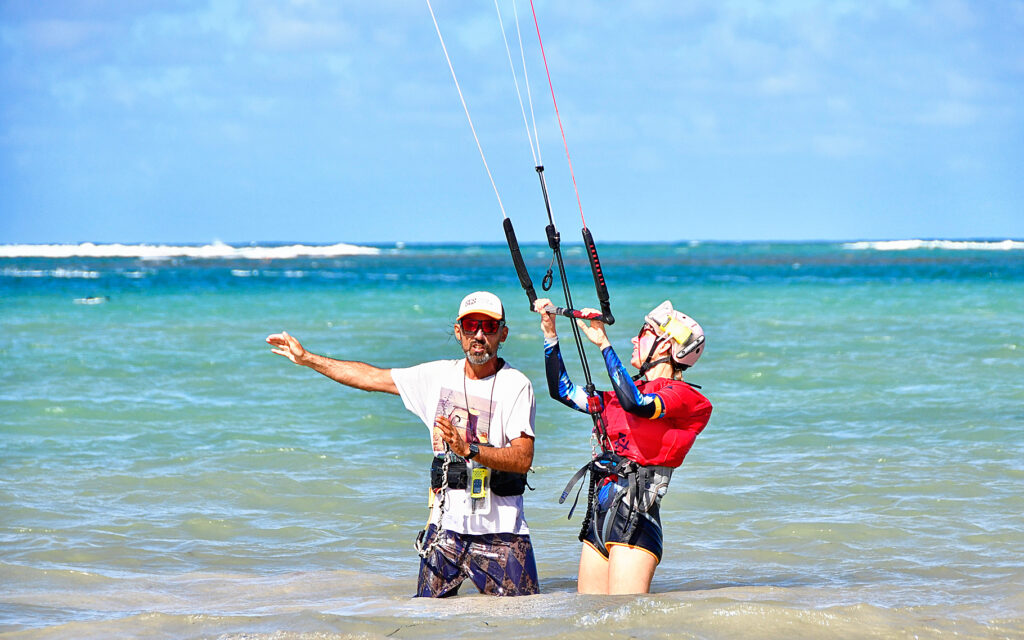
IV. equipment
The type of equipment used by the school is also an essential factor to consider. Unfortunately, without previous experience, in most cases, you won’t be able to judge it. But in some cases, you can and you should do it! Below are listed these elements that even as a total beginner you can verify before signing up for the kitesurfing course (just ask the school).
- 2-line training kites. A long time ago it was standard to start the course with steering a small, 2-line training kites. Nowadays, for you as a student, it’s only a waste of time and money. As I mentioned in Wind Stability section, the most important thing in mastering kite steering is understanding the sweet spot and this can only be done with a 4-line kite. So the first thing to ask the school is if they use 2-line kites during the course. If yes – you just paid for at least 1 hour extra. At Kite Mecca, we use this type of kite only to play with small kids or people who may have some dysfunctions (there are one-handed people who do kite or ones who move on a wheelchair).
- Short lines bars. The usage of stearing bars with short lines and small 4-line kites at the beginning provides the fastest progress. So this is another thing worth checking at the school. The only situation in which you can start with long lines is when the wind is very light (between 8 and 12 knots).
- Radio connection. I started using walkie-talkies in 2015 and can’t imagine working without them nowadays. In noisy conditions (wind, waves), you won’t hear your instructor’s commands if he’s just 2m or further away from you. This means your instructor can’t correct or support you when you’re out. Based on many years of experience, I estimate that students progress about 20-25% faster while using any type of radio connection. Another advantage is safety. When you get into trouble (crashing your kite, having problems with board recovery, tangling with another kite, etc.), a well-experienced instructor can support you by telling you what to do best in that situation. Check if the school you plan to choose provides radio connection and be aware that without it, you’ll pay for extra hours as your progress will be slower.
- Board big as doors for water starts. Standing up on the board and riding is the most difficult part of the course, but it can be much easier if you get a proper board – I mean one that’s almost as big as a door. At Kite Mecca, we use boards produced by Shinn – they have a very specific model made for this purpose. The SuperKing in size 165cm is the best board I’ve ever used to teach.
Other elements harder to verify are: stearing bar – the heart of safety system (quick release mechanism) is located in the bar (at Kite Mecca we’re using Slingshot Sentry bars – one of the most advanced on the market). Kites – this is the most difficult to judge as one have to have profound knowledge (at our school we’re using different models of Naish Kiteboarding kites). Last element is the harness – the best usually are the seat harnesses with straps for legs. This type is not moving up and thus are more comfortable.
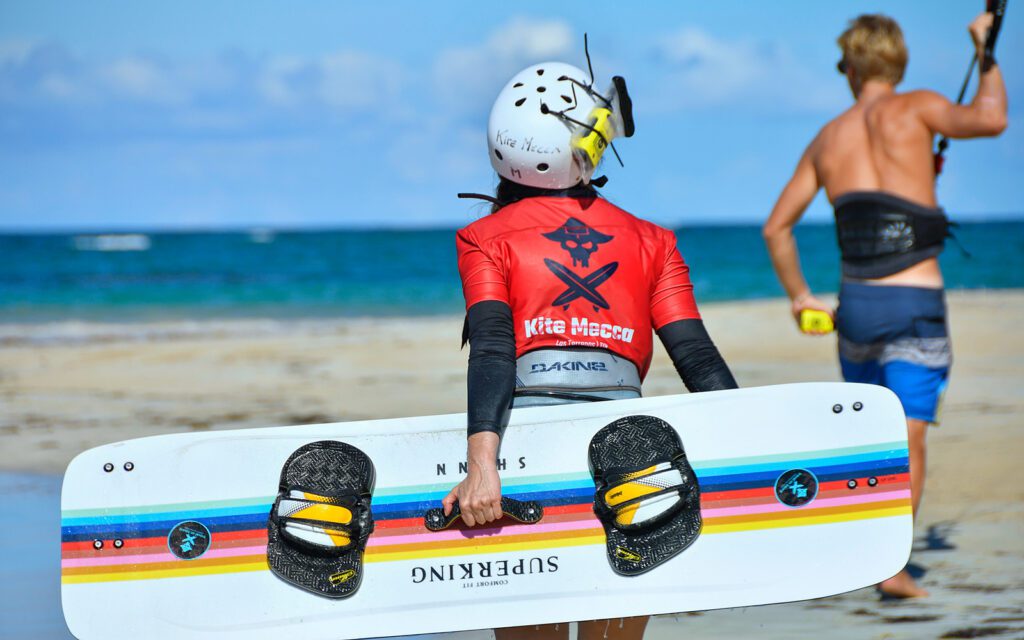
V. others
Kitesurfing lessons in groups: a bargain or a bust?
At first glance, it might seem like a great way to save some money. After all, group lessons are usually 25-30% cheaper than private lessons. But when you take a closer look, you might realize that you’re not getting as much bang for your buck. With less time to practice and the need to keep pace with the group, you might end up feeling like you’ve been taken for a ride. For example, if there are two people in the group, you’ll only have about 50% of the time to practice, even though you’re paying 30% less. And if one person is better at kitesurfing and completes exercises faster, the other person will use up more of the lesson time, leaving the better kitesurfer feeling shortchanged. So before you sign up for a group lesson, consider whether it’s really worth the savings.
Is it possible to learn kitesurfing in 1 day?
Are you looking for a kitesurfing course that will make you a pro in 4 or 6 hours? Well, I have some bad news for you. Unless you are a superhero or a mutant, chances are you won’t be able to master kitesurfing in such a short time. Don’t believe those schools that promise you the impossible. They are just trying to lure you in with false advertising. Kitesurfing is a complex and challenging sport that requires patience, practice, and guidance from an experienced instructor who knows that every learner has a different pace and style. So don’t be fooled by the false claims of some schools. If you want to know how much time it really takes to learn kitesurfing, read THIS ARTICLE.
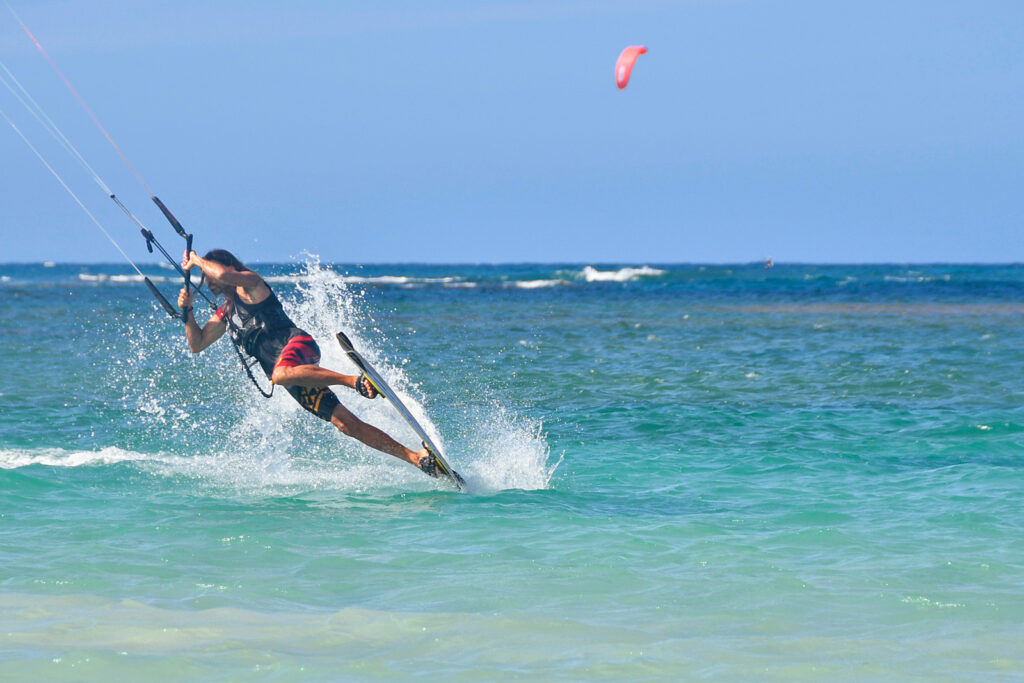
summary
In conclusion, choosing the right kitesurfing spot and school is crucial if you don’t want to get scammed.
Trust me – it’s really worth to spend time to VERIFY and think over these 5 essential factors. Doing so will help you learn fast, save some money, time and get addicted to this amazing, life-changing activity. I know many people who have been trying to learn kitesurfing for years. Some of them finally gave up. But not you! You’re now smarter than that.
ALOHA.
WATER SPORTS RETREATS
Are you dreaming to experience something new? Yoga, surfing, kitesurfing, latino dances and more. Join our retreats.
KITESURFING COURSES
Are you dreaming about flying? There's no better place to learn kitesurfing than here!
EXCURSIONS LAS TERRENAS
Are you dreaming to see big whales? Samana is considered to be the most beautful part of DR. Join one of the best tours in Las Terrenas.
CLIENTS REVIEWS
Our mission is to deliver best quality services only. Check why we receive 5 stars only in Google.


You May Also Like
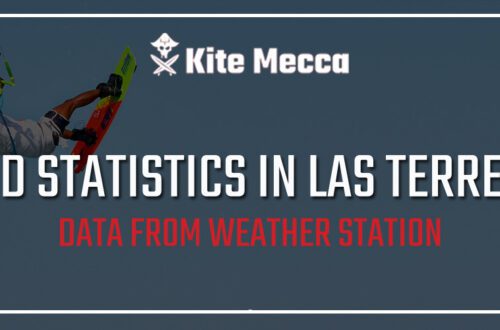
Wind Statistics in Las Terrenas
December 30, 2021
Best time to visit Las Terrenas
May 27, 2025